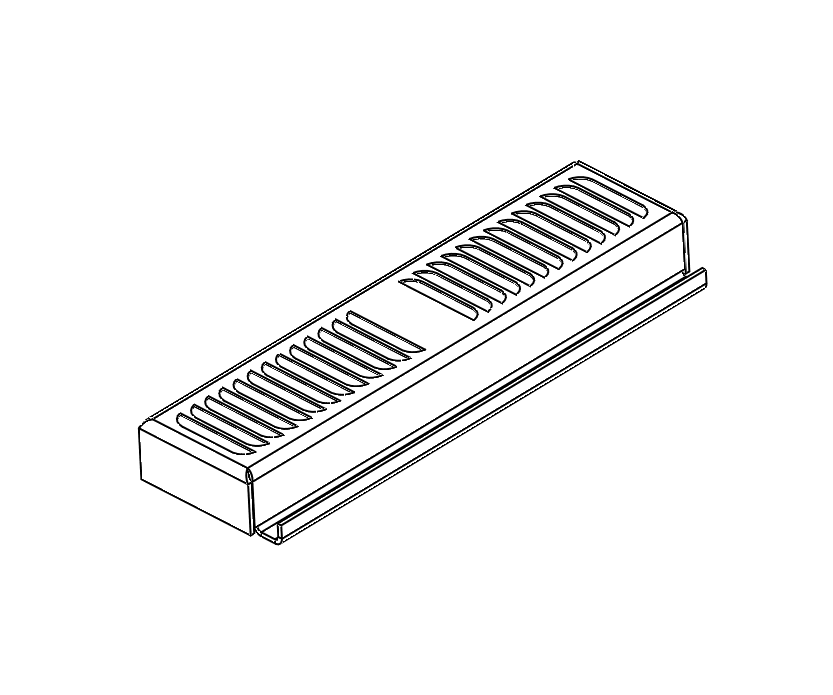|
|
|
|

Floor Ventilation – Key Element in Grain Storage
Floor ventilation is a crucial component for proper grain storage in both silos and flat warehouses.
It is considered the most effective method for ventilating grain and bulk products.
System Overview:
-
Consists of channels embedded in the concrete foundation of the silo or warehouse floor
-
Channels are interconnected and covered with ventilation planks featuring special construction and perforation for maximum airflow and cooling
Aeration planks
-
The most important element of the floor ventilation system
-
Different designs for silos and flat warehouses:
-
Silo grilles are built to withstand the weight of the grain
-
Warehouse grilles are designed to support grain plus heavy machinery such as loaders, grain trucks, and trailers
-
Typical load capacity for flat warehouse planks: 10–16 tons per axle
-
Planks vary depending on the type of stored product:
-
Larger openings for coarse grains like corn, chickpeas, beans
-
For mixed storage, the smallest grain size determines the planks specification
Concrete Channels
-
The layout and type of channels in the concrete foundation are critical for proper ventilation
-
Channels are constructed during building phase based on a predefined scheme
-
SLAV-VERIGI Ltd., a leading manufacturer of grain ventilation systems, offers ready-made metal formworks for embedding in the floor:
-
Minimizes construction errors
-
Improves airflow
-
Simplifies cleaning and maintenance
Ventilators
-
Proper ventilator selection and installation is essential for system performance
-
SLAV-VERIGI’s engineering team provides expert guidance based on years of experience in grain and bulk product ventilation
Key Advantages of Active Floor Ventilation
-
Large ventilation opening area: 11% to 26% of total aeration surface of the planks
-
Ventilated floor coverage: from 15% up to 100% of silo or warehouse floor
-
Grille variety: perforated, elongated slots, framed or frameless – tailored to grain type
-
High load capacity: 7 to 16 tons per wheel – allows machinery to operate directly on top
-
Warehouse filling with vehicles: trucks, loaders, etc.
-
Easy cleaning: no upper edge to trap debris
-
Simple installation
-
Full control when combined with temperature monitoring systems
|
|
|







